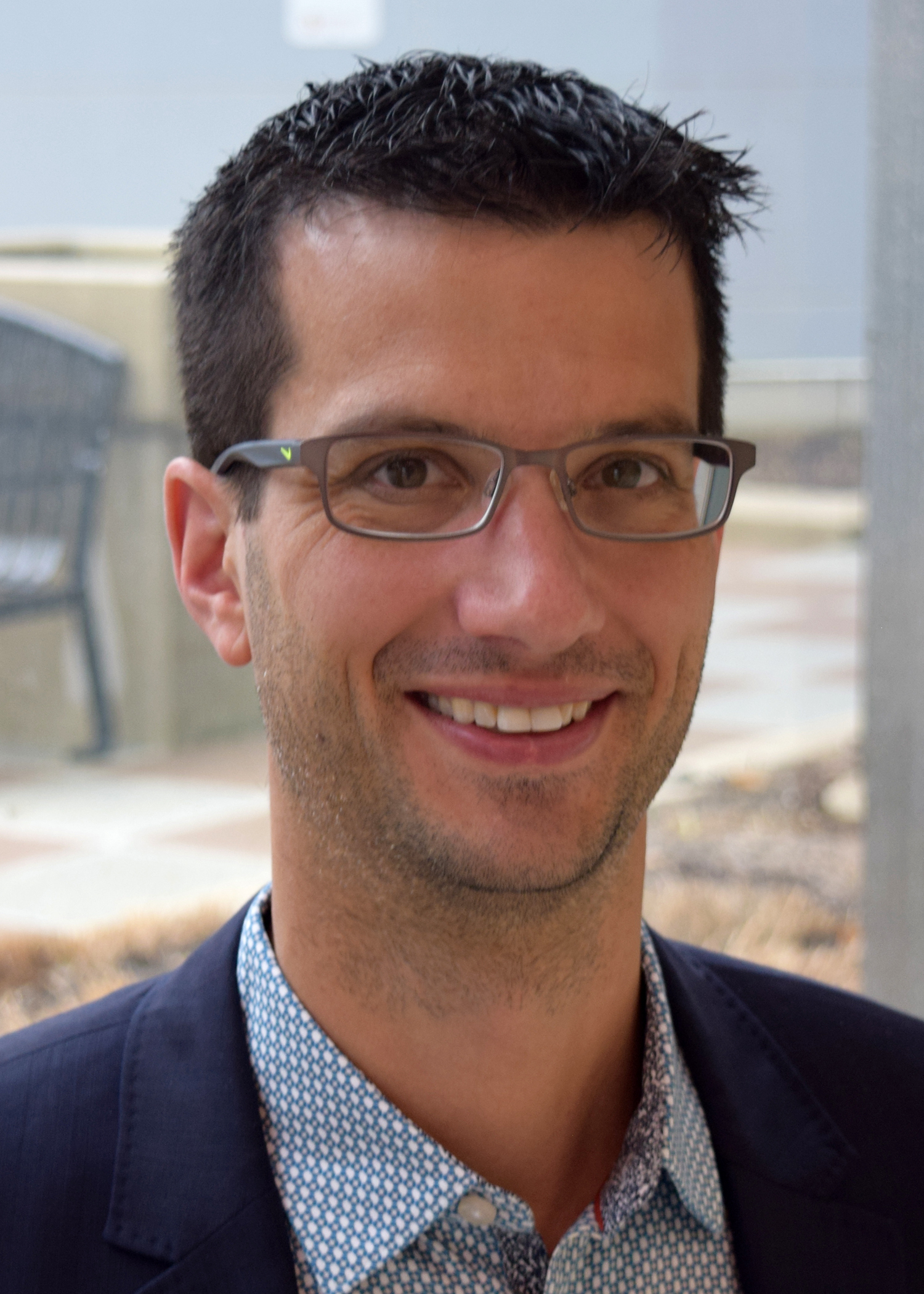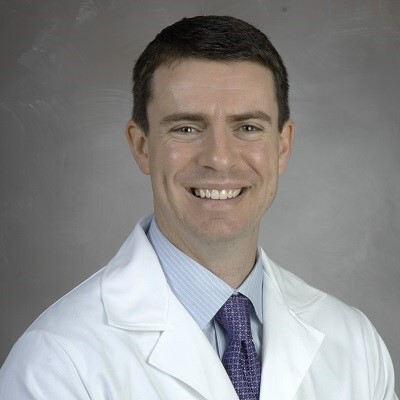
Resident Curriculum Unit 2: Organ Procurement
-
Register
- Non-member - Free!
- Member - Free!
Unit Objectives
I. Understand the moral, ethical and legal issues and steps involved in determining brain death.
II. Understand the moral, ethical and legal issues and steps involved in live organ donation.
III. Describe the basic assessment of the medical, laboratory, and anatomic characteristics of a potential organ donor (live or deceased), the quality of a donor organ, and its suitability for a given recipient.
IV. Outline in detail the procedure to safely recover abdominal organs from deceased donors, including those for donation after cardiac death (DCD).
V. Understand the recovery processes for living donor organs and describe the steps necessary to perform relevant organ specific recovery (liver, kidney, or pancreas).
VI. Outline the basic principles and limits of organ preservation and be familiar with organ preservation techniques, including pulsatile perfusion.
Advanced Search This List
-
Contains 5 Component(s), Includes Credits
Zoe Stewart, MD
Author: Zoe Stewart, MD
1. Be familiar with the history of organ preservation
2. Understand basic pathophysiology of ischemia and reperfusion
3. Understand the differences of most common used solutions UW vs HTK
4. Appreciate the advantages of pulsatile preservation over static cold storage
-
Contains 7 Component(s), Includes Credits
David P. Al-Adra, MD, PhD
Author: David P. Al-Adra, MD, PhD
1. Recognize donation after cardiac death (DCD) donors are a source of transplantable organs
2. Appreciate the outcomes for DCD kidney and liver transplants are improving
3. Understand the multiple potential mechanisms of graft failure after DCD liver transplantation
4. Be aware of how donor-recipient matching may decrease biliary complications and improve graft survival.

-
Contains 5 Component(s), Includes Credits
David Ryan Hall, MD
Learning Objectives:
1. Understand preoperative preparation for organ recovery
2. Describe the technique of the operation and specific considerations for procuring each organ
3. Learn where you can get in trouble and how to stay/get out of it
Author: David Ryan Hall, MD

-
Contains 5 Component(s), Includes Credits
Thomas Diflo, MD, FACS
Author: Thomas Diflo, MD, FACS
1. To understand the steps of determining brain death
2. To recognize and manage complications of brain death
3. To describe organ donor evaluation and organ allocation
-
Contains 5 Component(s), Includes Credits
Zoe Stewart, MD
Author: Zoe Stewart, MD
1. Be familiar with the history of organ preservation
2. Understand basic pathophysiology of ischemia and reperfusion
3. Understand the differences of most common used solutions UW vs HTK
4. Appreciate the advantages of pulsatile preservation over static cold storage -
Contains 7 Component(s), Includes Credits
David P. Al-Adra, MD, PhD
Author: David P. Al-Adra, MD, PhD
1. Recognize donation after cardiac death (DCD) donors are a source of transplantable organs
2. Appreciate the outcomes for DCD kidney and liver transplants are improving
3. Understand the multiple potential mechanisms of graft failure after DCD liver transplantation
4. Be aware of how donor-recipient matching may decrease biliary complications and improve graft survival.

-
Contains 5 Component(s), Includes Credits
David Ryan Hall, MD
Learning Objectives:
1. Understand preoperative preparation for organ recovery
2. Describe the technique of the operation and specific considerations for procuring each organ
3. Learn where you can get in trouble and how to stay/get out of itAuthor: David Ryan Hall, MD

-
Contains 5 Component(s), Includes Credits
Thomas Diflo, MD, FACS
Author: Thomas Diflo, MD, FACS
1. To understand the steps of determining brain death
2. To recognize and manage complications of brain death
3. To describe organ donor evaluation and organ allocation